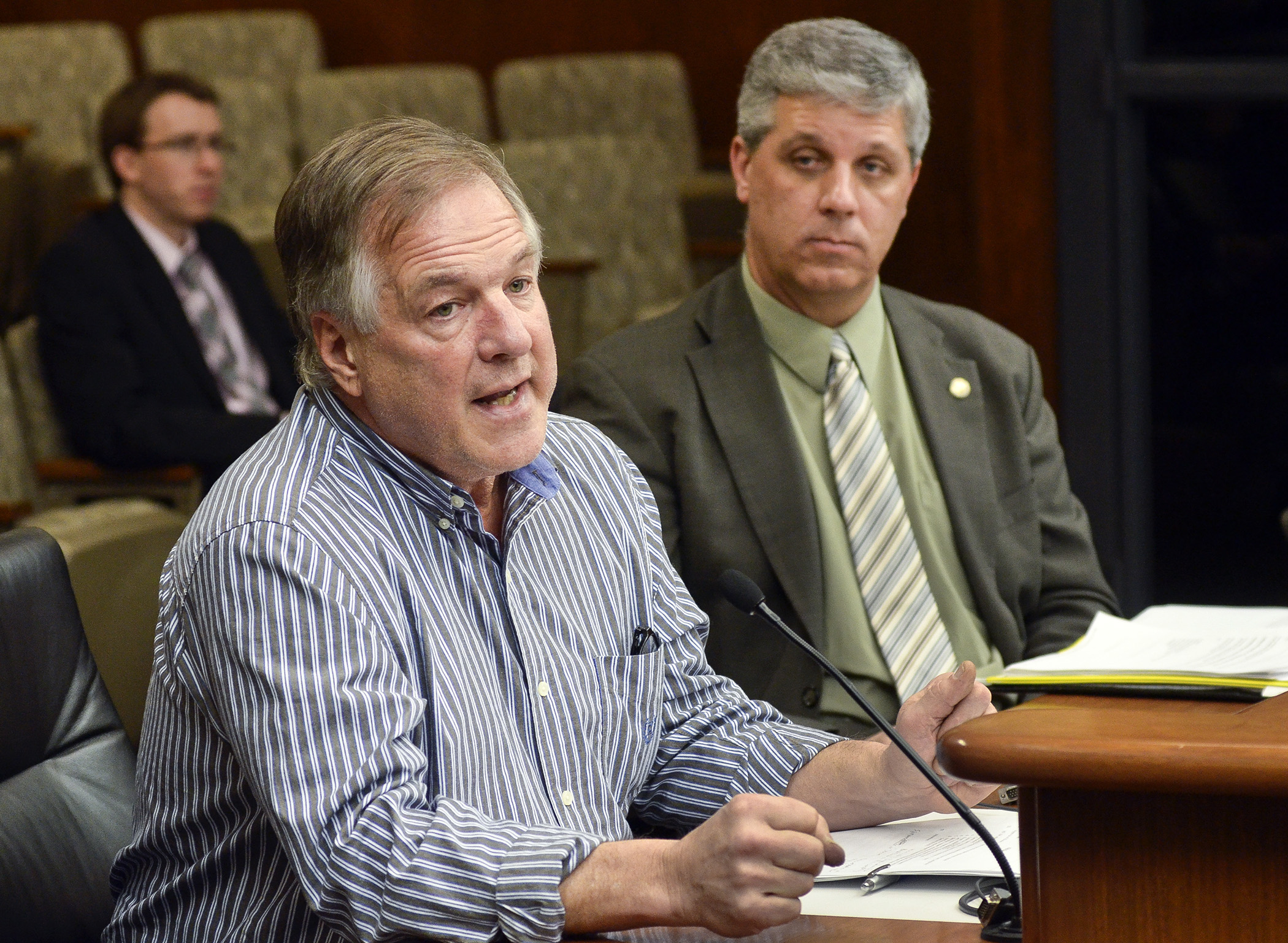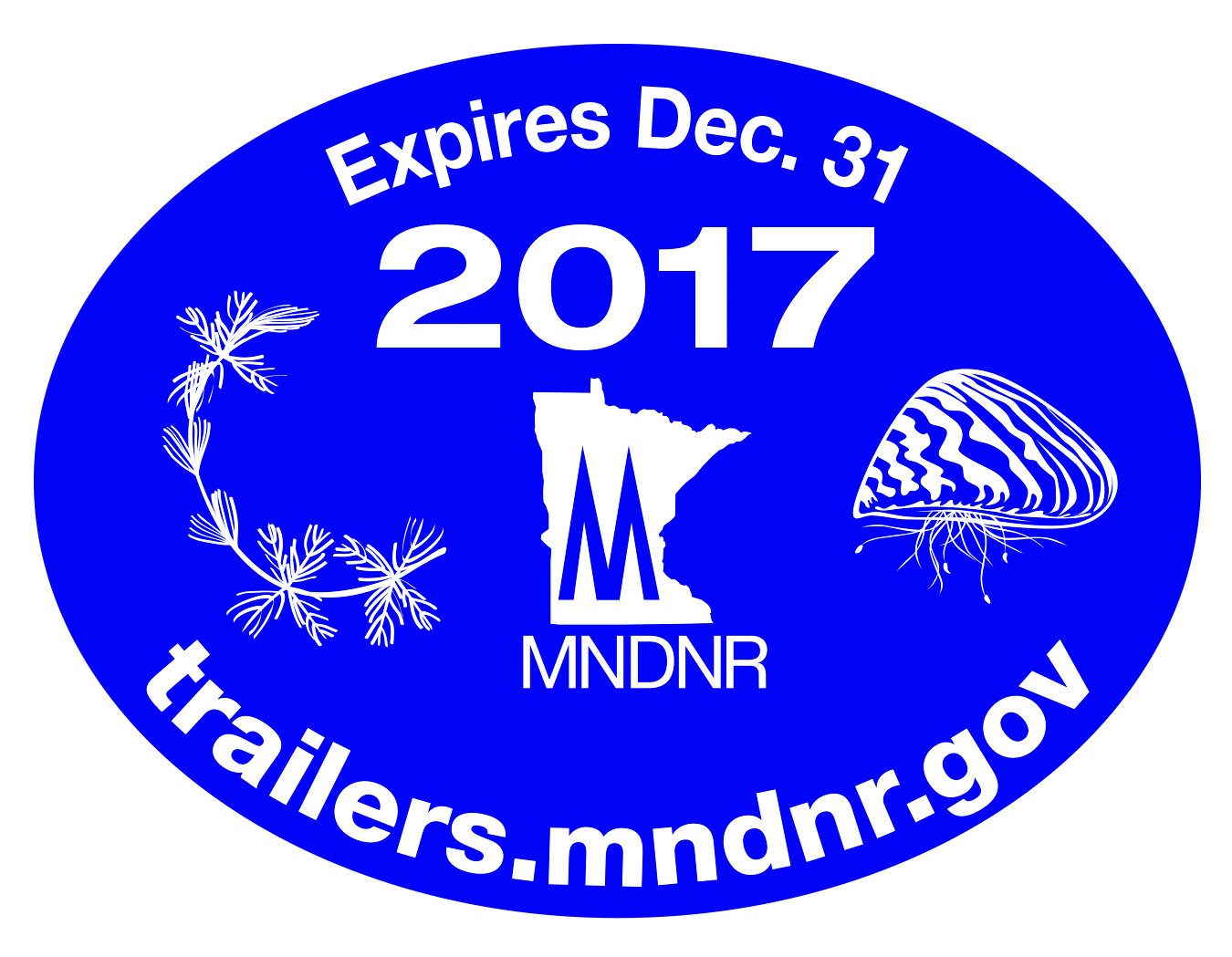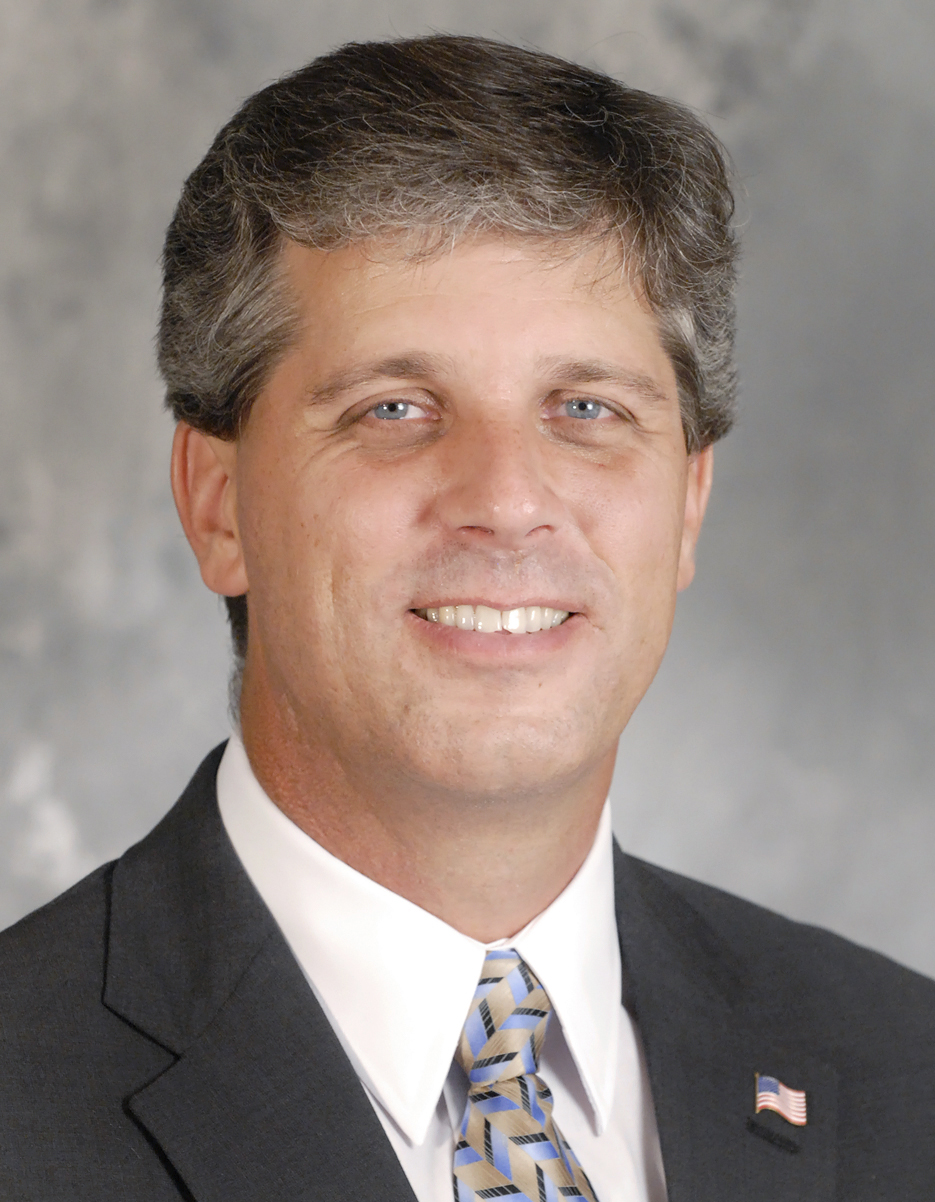AIS decal program beginning to come unglued

A new law meant to curb the spread of aquatic invasive species in Minnesota appears to be losing momentum as legislation that would stop it from ever taking effect may be picking up steam.
The House Mining and Outdoor Recreation Policy Committee approved HF184 Tuesday, a bill that would repeal a law requiring people who transport boats or other water-related equipment to display a trailer decal showing they’ve completed an online training course about AIS prevention.
Sponsored by Rep. Steve Drazkowski (R-Mazeppa), HF184 passed on a voice vote without opposition and now moves to the House Environment and Natural Resources Policy and Finance Committee. The companion, SF235, is sponsored by Sen. David Tomassoni (DFL-Chisholm) and awaits action by the Senate Environment and Energy Committee.
The law that legislation would repeal is set to take effect July 1, 2015, although the Department of Natural Resources recently put the decal program on hold to allow the Legislature more time to find solutions for several problems that have been identified. But at the mining committee meeting, the most popular solution seemed to be to scrap the new law entirely and start over.
“The law we have in place isn’t going to work, I think you’ve heard that here today,” Rep. Tom Hackbarth (R-Cedar), the committee chair, said. “Something else has to be done.”
The background
 As of July 1, 2015, this decal will be required by people who transport boats or other water-related equipment showing they’ve completed an online training course about AIS prevention.
As of July 1, 2015, this decal will be required by people who transport boats or other water-related equipment showing they’ve completed an online training course about AIS prevention.DNR Commissioner Tom Landwehr was not present Tuesday but told the House Environment and Natural Resources Policy and Finance Committee last week the decal program was originally conceived as a way to focus education and enforcement efforts on people who trailer boats. He said they are the “primary vectors” for spreading AIS, so the decal program would target them and also enable enforcement officers to patrol boat launches and easily spot trailers not in compliance.
To get a decal, under the law, boaters would be required to pass an online training test meant to ensure they had adequate knowledge of AIS prevention before hauling their boats around the state from lake to lake.
The law, in its current form, was passed in 2012 but delayed from taking effect until July 1, 2015. As it is now written, however, anyone transporting a boat in Minnesota without a trailer decal would be in violation as of that date. That includes people from out of state just passing through with no intention of boating in Minnesota waters.
The sticking points
Resort owners say the proposed decal program has already cost them business. Dan McElroy, executive vice president of the Minnesota Resort and Campground Association, said Geiger’s Trail End Resort north of Grand Rapids lost a $12,000 booking because prospective visitors from Michigan believed they could be put in jail without a decal.
“This decal program is causing a tremendous amount of stress and concern among our members, but more importantly, for their guests and potential guests,” McElroy said.
He was one of several testifiers who spoke in support of HF184. They received a warm reception from committee members, a number of whom had concerns of their own.
Rep. Jason Metsa (DFL-Virginia) questioned the wisdom of an online program given some segments of the population are not comfortable with the Internet and may not know how to use it.
Rep. Brian Johnson (R-Cambridge) said he’d recently learned on another committee that 63 percent of Greater Minnesota does not have broadband Internet capability. He said a large number of Minnesotans wouldn’t have access to the training.
The other side
Not everyone spoke in favor of HF184. Jeff Forester, executive director of Minnesota Lakes and Rivers Advocates, testified on behalf cabin and lake home owners, as well as over 100 lake associations, and said his association recognized the problems but supported finding fixes rather than abolishing the law.
“The biggest reason I do not think it wise to repeal this law is that it is needed,” Forester said. “It is not a solution in search of a problem.”
Forester said gentle reminders to do the right thing haven’t worked and that Minnesota must move to real education where the message is received. He said nothing educates quite like a citation. Forester, who also serves on the DNR’s AIS advisory committee, showed the committee a copy of the 10-question online test the decal program would require.
“I’ll let you judge if the inconvenience of learning this material and taking this test outweighs the good it might do in protecting Minnesota’s lakes and river,” Forester said.
Bob Meier, DNR assistant commissioner, said his agency does not want to be in the business of making people into criminals, but instead wants to make sure they understand the laws and abide by them. He voiced support for finding the solutions needed to make the new law viable, but pledged to work with legislators to find the answers before the legislative session ends.
That’s a goal he shares with Hackbarth.
“I don’t want to leave this Legislature with this law in place, that’s why we’re here today,” Hackbarth said. “Let’s come up with some alternative.”
Related Articles
Search Session Daily
Advanced Search OptionsPriority Dailies
Ways and Means Committee OKs proposed $512 million supplemental budget on party-line vote
By Mike Cook Meeting more needs or fiscal irresponsibility is one way to sum up the differences among the two parties on a supplemental spending package a year after a $72 billion state budg...
Meeting more needs or fiscal irresponsibility is one way to sum up the differences among the two parties on a supplemental spending package a year after a $72 billion state budg...
Minnesota’s projected budget surplus balloons to $3.7 billion, but fiscal pressure still looms
By Rob Hubbard Just as Minnesota has experienced a warmer winter than usual, so has the state’s budget outlook warmed over the past few months.
On Thursday, Minnesota Management and Budget...
Just as Minnesota has experienced a warmer winter than usual, so has the state’s budget outlook warmed over the past few months.
On Thursday, Minnesota Management and Budget...
